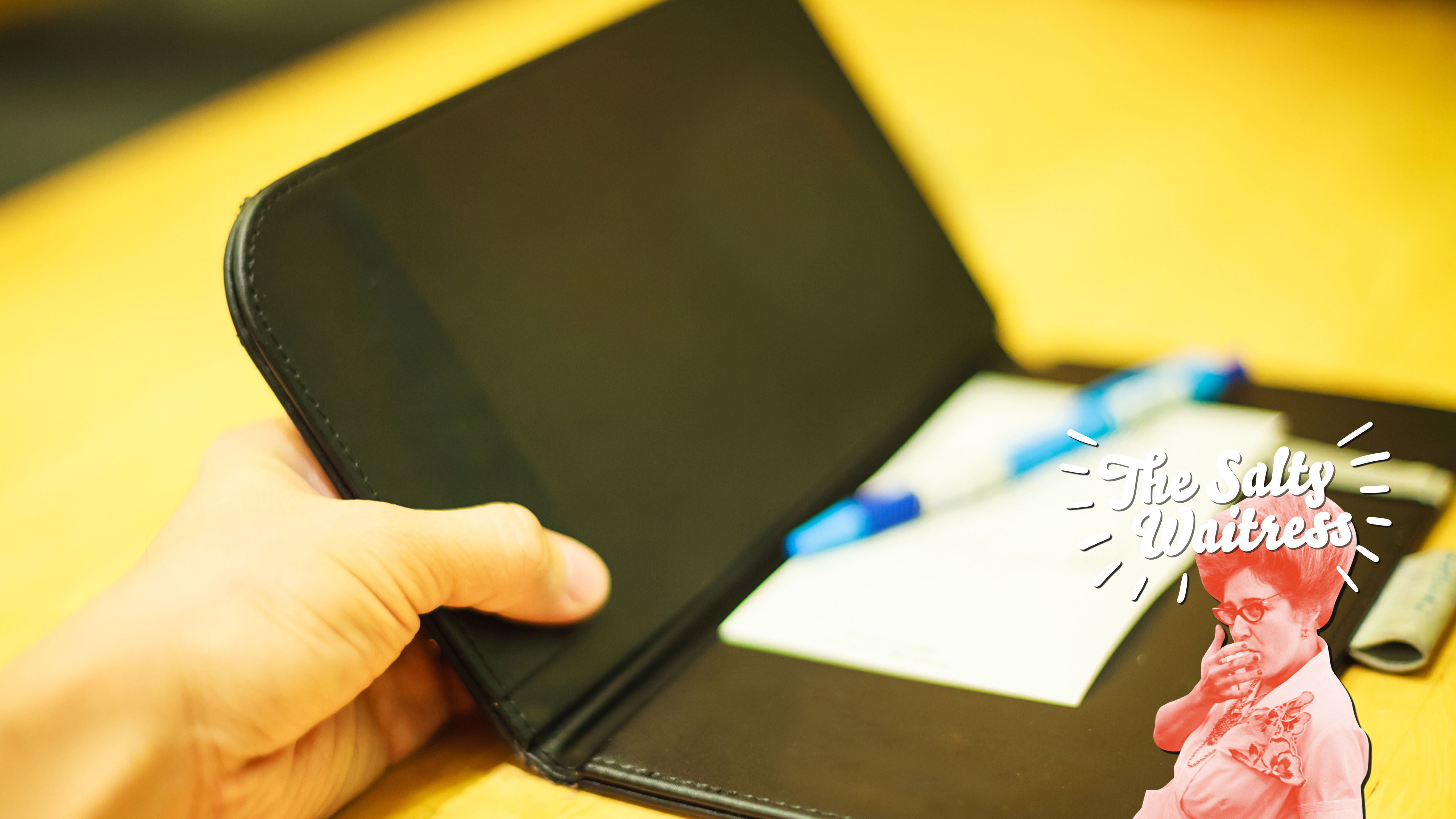Ask The Salty Waitress: What Do I Charge When A Customer Does The Tip Math Wrong?
Hi Salty,
One thing that comes up at my place (an old money, high-end joint on the California coast) from time to time (at least once or twice a month) is when a customer miscalculates their meal and tip total. Let's say Mr. Jones runs a bill up of $100, adds $20 to it but in the total field writes in $150. My colleagues are split on this, whilst my manager always defaults to the lower amount, lest we be hit with fraud charges (I assume that in this instance could be a thing). When this happens to me, I know I'm not going to lobby for the higher amount—that's just... wrong, I think. Oddly enough, I've never personally had it go the other way.
Some of my coworkers say if a customer writes in a dollar amount and signs the cheque, they should expect to be charged based on their own shitty math. I'm not down with this. I mean, we all do pretty well, tip-wise, without having to resort to shenanigans. What say you?
Thanks, Honest Dave
Hey Dave,
Who among us has not really struggled to divide by 10, double it, carry the one, etc. after three glasses of vintage Bordeaux? (Or Sutter Home, as the case may be.) Seeing as how this happens at your restaurant on the regular, I'm surprised the manager hasn't just issued a proclamation on how to handle this. I say it here often, but when it comes to thorny matters, it really helps to have a clear policy so no less-scrupulous server goes rogue and charges Mr. Jones out the wazoo.
Here's my two cents: If you're able to catch the customer before they stumble out the door, you can try to clarify the amount with them. They'll probably be grateful that you were upfront about it. That's not always possible, naturally, because you don't want to snatch the check off the table and make Mr. Jones feel like you're rushing him.
In that case, I think you're right to charge the amount that's on the tip line, even if that's the lower amount. I think it's the most clear expression of what that customer was going for, in most cases. After all, it literally says "tip" and then a blank line. I know some people write a final, round-number amount and try to work backwards to the tip, but I think that's probably less common. What's that principle, Occam's razor? Using that, you'd have to conclude the amount they wrote on the tip line is the amount they intended to tip.
As for the issue of fraud, that's one I'm less familiar with and definitely not legally qualified to answer. So I asked my pal Michael McCall, who teaches at Michigan State's hospitality business school. He told me that he'd also go with the number written on the tip line, even if it's tempting for a server to go for the higher amount. He says if a server charged the higher amount, a customer could try to dispute it, which could create ill will and make more headaches for the restaurant than it's worth. Don't risk it, he says.
You seem like a good guy, Honest Dave, so you know there are times in life when you see a chance to take a little bit of advantage. But you don't. Like a temporarily unattended purse or a cash tip left on a table for another server, it's best to stick to the straight-and-narrow than risk your reputation over, in this case, $30. It sounds like you're doing just fine on legit tips, so no need to get greedy. Tell your coworkers Salty said so.
Got a question about dining out etiquette? Or just a general question about life we can help you with? Email us: salty@thetakeout.com
